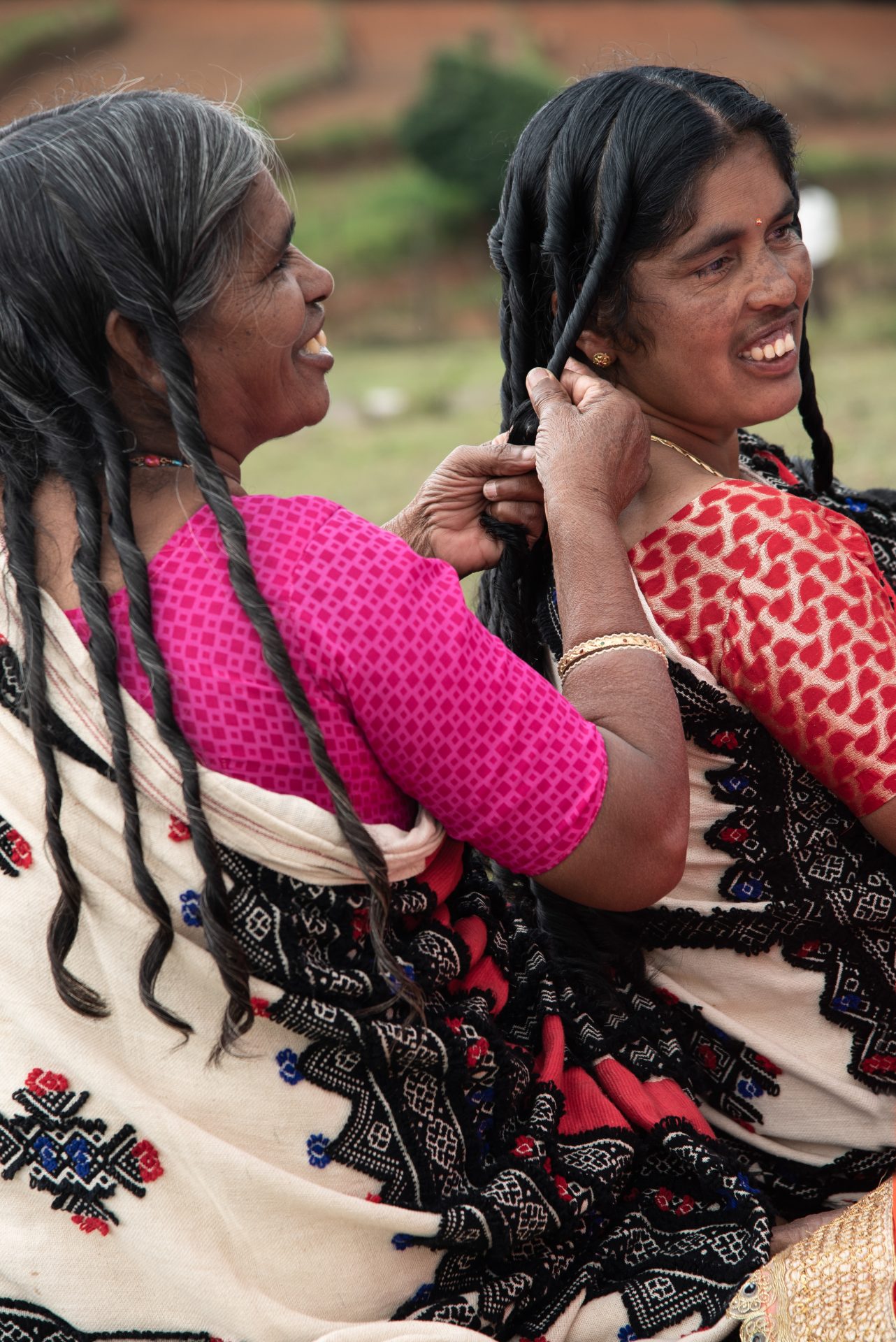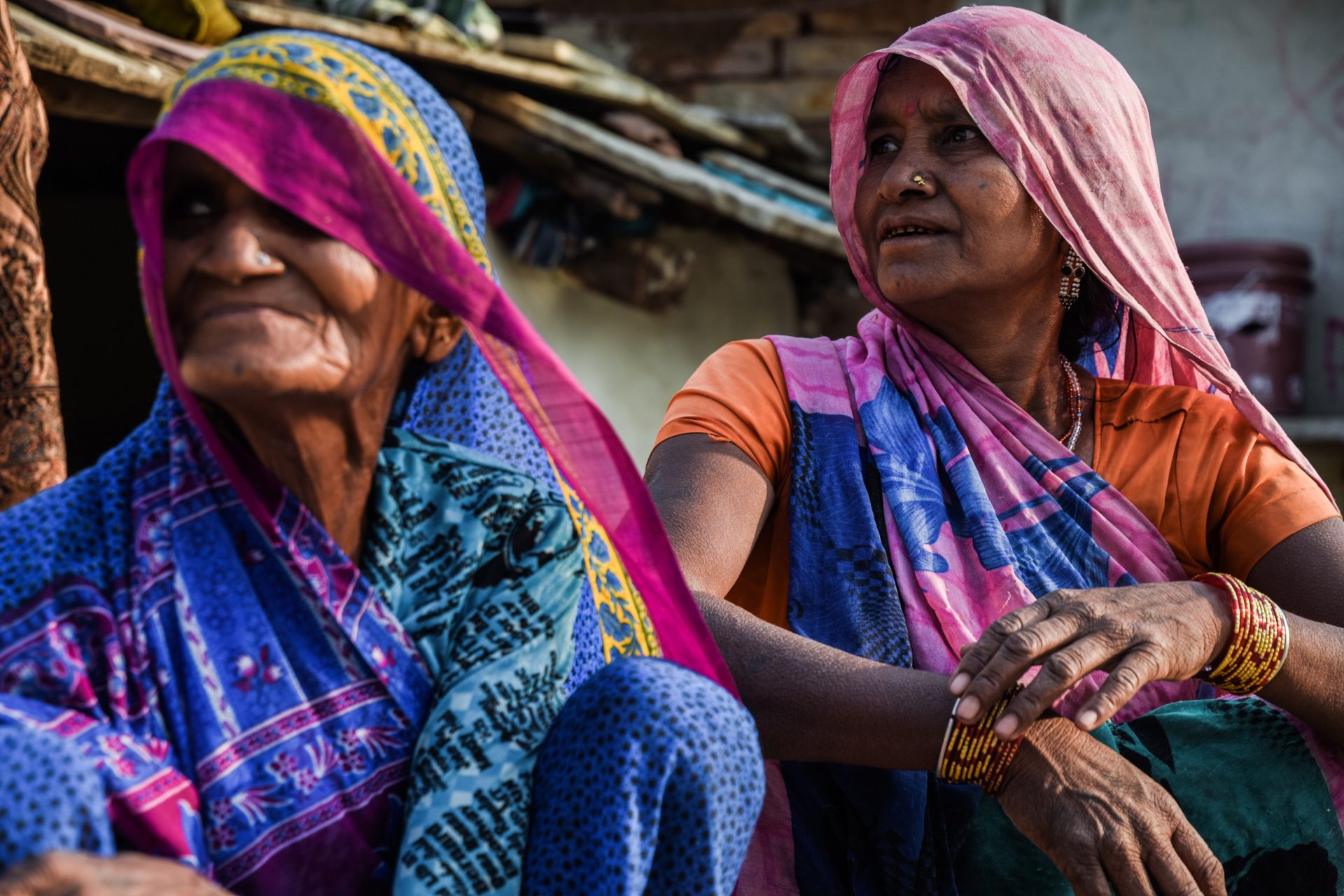- There’s a need for better programmes and systems, in addition to mechanisms, to reduce the gendered structural barriers preventing SRHR access. Global funding in SRHR services can help mitigate these disparities and barriers.
- The following report identifies seven areas within SRHR in which more information and services are needed.
Although some improvements have been made in sexual and reproductive health and rights (SRHR), there are still evident gaps, particularly for women. These gender disparities are of growing concern in the time of a growing reproductive-age, refugee and urban population.
There is an overarching trend of gendered structural barriers impeding women’s access to preventative SRHR services and treatment. As a result, women around the world often lack access to contraception, safe abortions, treatment of infertility, and reproductive cancer screenings. Moreover, child marriage and gender-based violence persist, and women are particularly vulnerable to STIs and HIV, which are particularly prevalent in low- and middle- income country contexts.

Each year in developing regions, more than 30 million women do not give birth in a health facility, more than 45 million have inadequate or no antenatal care, and more than 200 million women want to avoid pregnancy but are not using modern contraception.
These interventions could include cash transfers conditional on school attendance to transform social norms around women’s rights and equality.
It must be a vital component to ensure gaps are addressed at the foundation.
Including new technology and social media to spread positive and factual messages about SRHR, but also to initiate discussions about sexuality and women’s leadership potential.
And integrate this sexual and sexuality education into schools to clarify the spread of misinformation among adolescents.
And all patients accessing SRHR services should receive quality and efficient care from unbiased practitioners.
This is key in ensuring programmes and initiatives serve who they are designed to serve.
Ensure that SRHR services in LMIC contexts receive adequate funding from both domestic and international sources. Further support is needed for SRHR research to inform programming and policy.
Such mechanisms ensure that programming and policy objectives related to SRHR are achieved.
The most recent data show that fully meeting the need for contraception for 214 million women in developing regions, who currently want to avoid pregnancy but are not using a modern method, would avert an additional 67 million unintended pregnancies in 2017, beyond the 308 million averted due to current use. Moreover, unplanned births would decline from 30 million to 7 million per year, and induced abortions would reduce from 48 million to 12 million per year.





